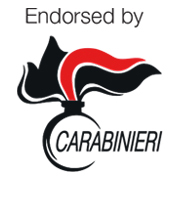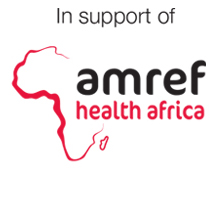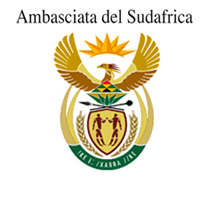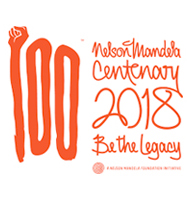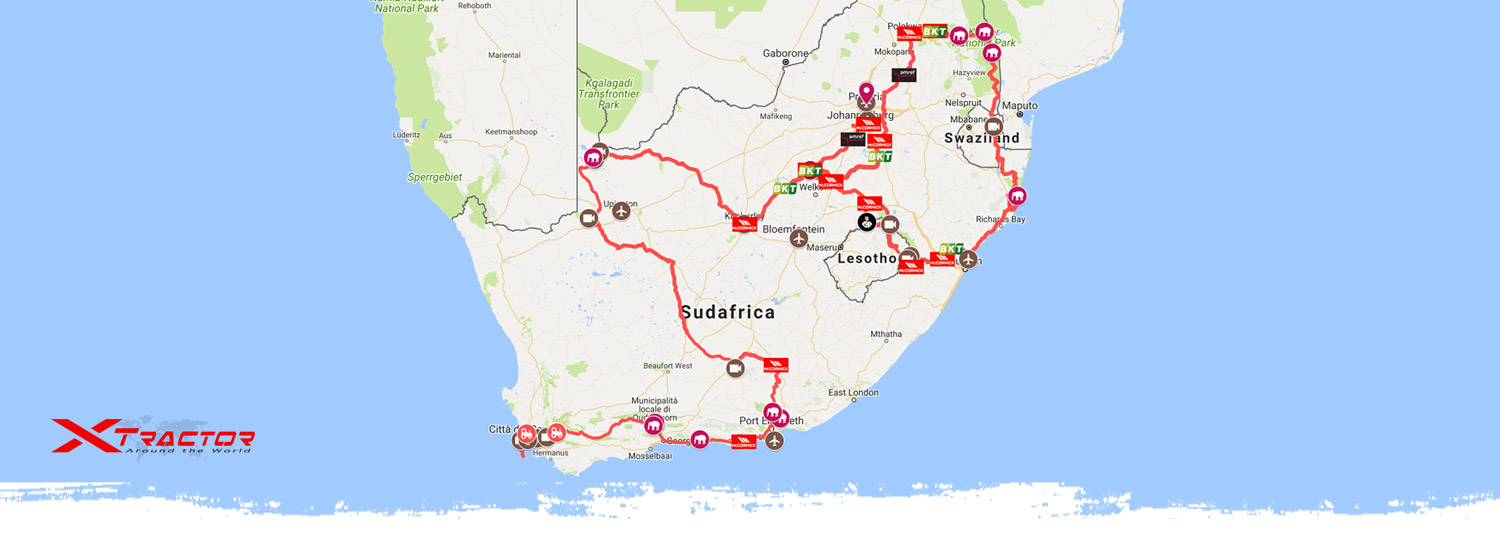Starting from Cape Town at the beginning of April 2018, we will wind our slow and leisurely way among the vineyards of the Garden Route before heading straight inland across the vast semidesert interior, pushing deep into the Great Karoo and up among the sand dunes and boundless horizons of the Kalahari desert. Having reached as far to the North-West as possible, we will turn East, aiming for the summits of the small mountain kingdom of Lesotho (and perhaps a bit of snow). A steep descent down the imposing slopes of the Drakensberg chain will take us back to the sea, the Indian Ocean this time, for a quick tour of some of South Africa’s most celebrated nature parks, including world-renowned Kruger. Johannesburg and Pretoria will mark the finishing line for Xtractor’s second challenge.
Follow us on the interactive map and find out where the Xtractor’s team are right now live!
